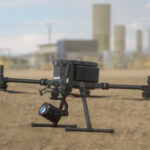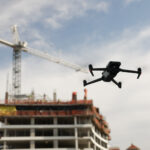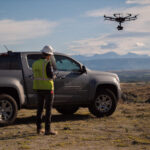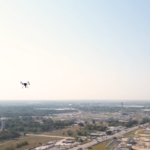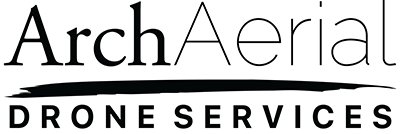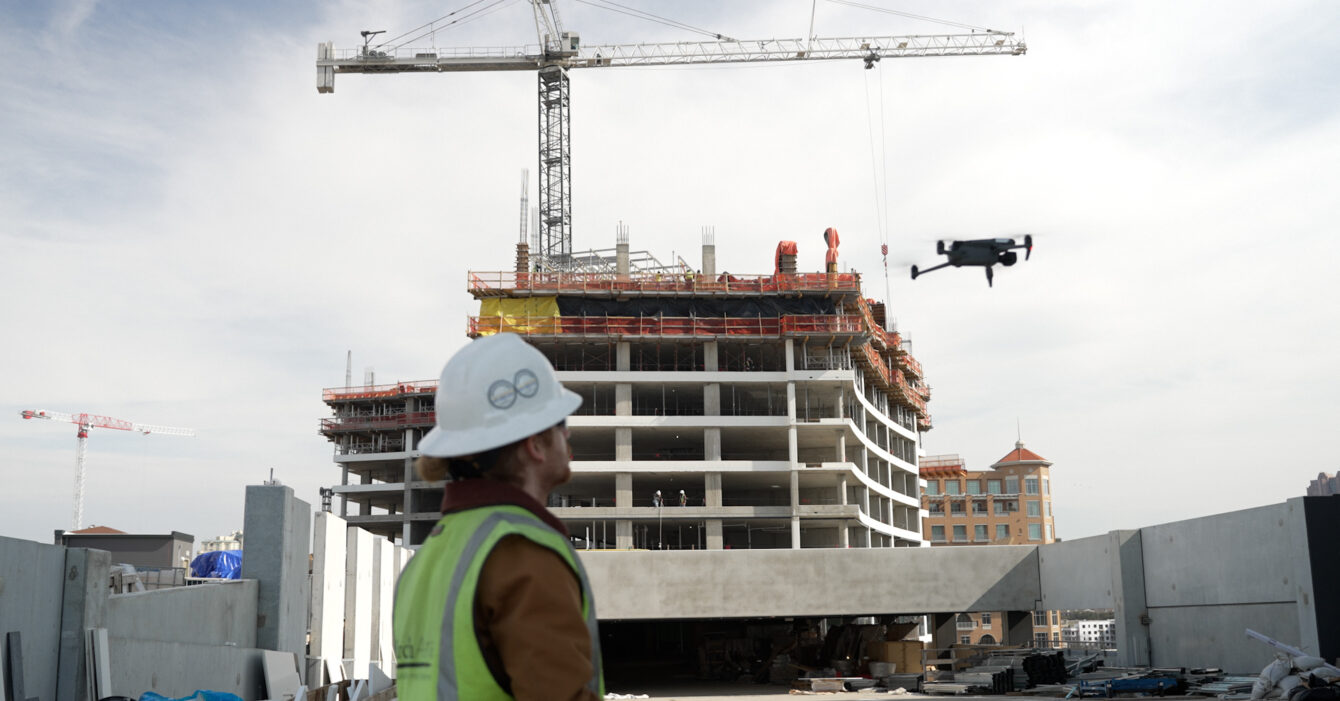Nowadays, the construction industry is rapidly adopting drone technology, where these unmanned aerial vehicles (UAVs) are now a must-have for enhancing the efficiency, safety, and overall management of a project. The drones are not just some newfangled thing to take aerial pictures; they are now considered as part of the construction projects’ planning, execution, and monitoring. Drones carry a bird’s eye view of construction sites, and they help the teams to gather high resolution data and see how the progress is going and if every place is safe to work in a way that was impossible before.
With drone technology progressing, their use in construction is growing and there are possibilities beyond the surface level. Let’s take a closer look at how drones are transforming construction projects and what they can offer.
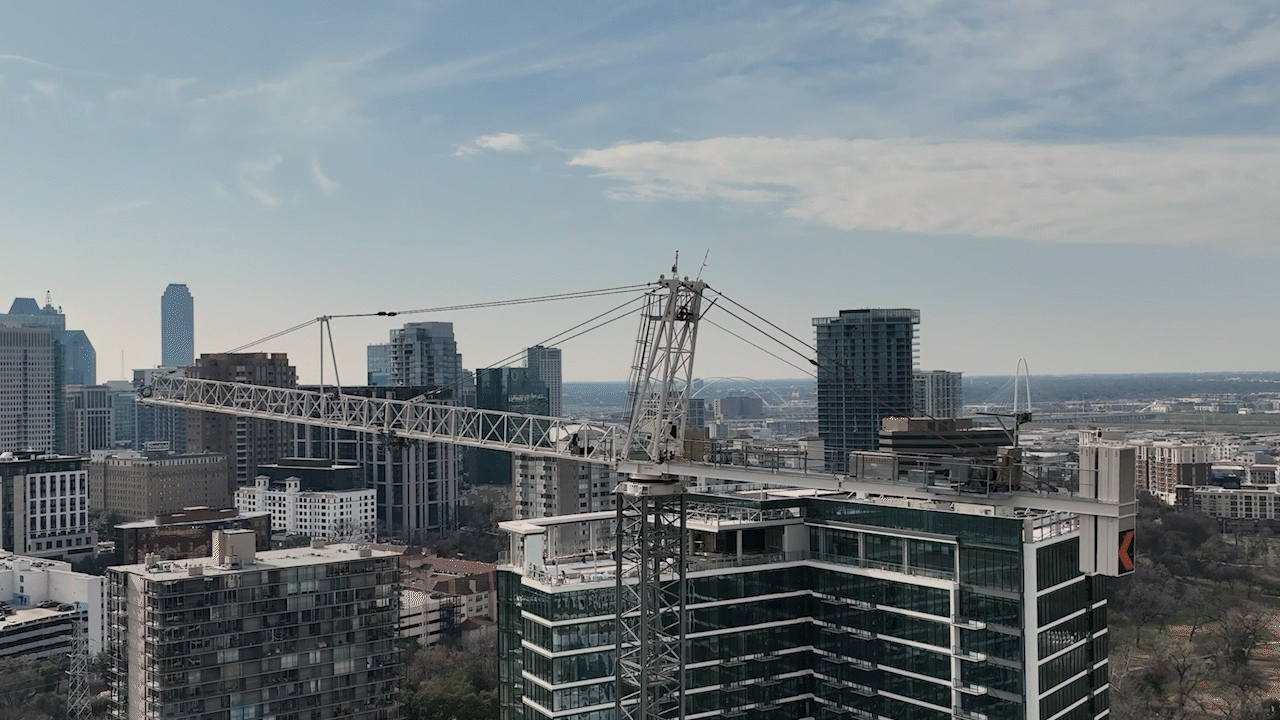
Streamlining Progress Monitoring with Aerial Insights
One of the challenges that construction managers face is keeping the progress of projects under their watch. Not all of the conventional techniques of tracking progress are fast, and in some cases, it can be difficult to identify where the actual progress diverges from the planned milestones. Then there are drones. With high resolution aerial imagery and videos, drones offer a wide-angle view of the entire site which helps managers to keep an eye on the development in real sense.
Not only do drone patrols provide real time updates on construction progress, but the visual data can also be repurposed for marketing, client reporting and stakeholder communication. These progress photos and videos tell a compelling story of a project’s evolution, from groundbreaking to completion, thus enabling construction companies to be transparent to their clients and show project milestones. This visual storytelling can be invaluable in winning future business or keeping positive relationships with stakeholders.
Revolutionizing Inspections with Drone Technology
Drones are transforming the way construction project inspections are done, and they are a crucial part of construction projects. They offer a safer and more cost-effective way of doing things, especially when it comes to checking building facades, roofs, or any other hard-to-reach areas, as opposed to scaffolding or manned aerial platforms.
Equipped with advanced cameras and sensors, drones can capture high quality, detailed images from perspectives that would have otherwise been tough to, or plain dangerous to access. This enables faster inspections, as there is little need for the time consuming, expensive setups and the level of risk. From structural integrity assessments to the routine checkup, drone inspections enable fast problem identification and quick fixes which in the end result in more efficient project timelines.
Enhancing Visualization with Photogrammetry and 3D Modeling
Drones are also a powerful tool for enhancing project visualization. Using photogrammetry, drones can capture a series of overlapping images that when processed create highly accurate 3D models of construction sites. These models provide a digital twin of the project, offering a virtual representation that project managers and stakeholders can explore.
These 3D models have many practical applications. They help to improve decision making by giving a good view of the site conditions, and help to avoid clashes and design errors. Furthermore, the models can be combined with design software to enhance workflows and improve cooperation between teams. This capacity to visualize a site in three dimensions guarantees that all aspects of the project are considered and is a valuable asset to planning and execution.
Mapping for Site Analysis and Planning
Drones carrying out advanced mapping missions using LiDAR or photogrammetry ensure that site analysis is top notch. LiDAR equipped drones are able to create 2D and 3D maps with centimeter precision, and will scan the construction site to detail, including its topography. These maps are top for topographic surveys, earthwork calculations, and logistics planning.
Using drone generated maps, construction teams get a better sense of the site. They can find problems, such as low-lying areas, or parts of the land that may be subject to flooding, uneven terrain or limited access, and so can better plan and allocate resources. Because they can capture and analyze information so quickly, drones contribute to making the planning process more efficient and guarantee that construction activities are conducted with the right information at the right time.
Customizable Solutions for Every Project
All construction projects are different and so are their challenges. The flexibility of drone technology enables the ability to come up with the tailored solutions that meet the needs of each project. Whether it’s creating detailed orthomosaic maps for logistics planning, generating 3D models for design collaboration, or producing time-lapse videos to document progress, drones can be adapted to provide the exact data needed at each stage of the project.
Drones can also be used for marketing, e.g., creating virtual walkthroughs, or for environmental impact monitoring. This makes drones a valuable tool for construction companies seeking to optimize their operations and meet the needs of each project.
Improving Safety and Reducing Risk
Drone technology is widely used in the construction industry to enhance productivity, improve safety, and optimize project outcomes. At the top of the list, however, is safety, and that’s where drones come in – they help alleviate many of the risks that workers encounter. For instance, by employing drones for aerial inspections, progress monitoring, and site surveys, construction companies can cut down on the number of workers who must approach hazardous areas. When it comes to examining a building’s facade, or the state of a roof, for example, drones provide the convenience of remote inspections that keep workers at a safe distance and prevent them from being involved in potentially dangerous situations.
In addition, the data collected by drones is often more accurate and timelier, so that project managers can identify safety hazards before they become problems. By identifying potential issues at an early stage, drones assist in creating a safer working environment and help with compliance of safety standards and regulations.
The Future of Drones in Construction
Drones have already made a big difference in the construction industry, and their impact is only supposed to grow. The future of drones in construction is filled with possibilities, including more advanced sensors and payloads, and the ability to do fully autonomous operations. As drone technology advances, it will continue to give the opportunity to enhance efficiency, cut costs, and enhance project outcomes.
Having the ability to collect data fast and accurately will help construction companies make better decisions, improve the flow of their operations, and increase the quality of their projects. From progress monitoring to detailed inspections, from enhanced visualization to customized data solutions, drones are becoming indispensable in the construction industry.
Conclusion
Drones are no longer just a tool for taking amazing aerial photos, they are now vital to improving construction workflows, increasing safety and enhancing project outcomes. Whether it is progress monitoring and inspections or advanced mapping and 3D modeling, drones are revolutionizing the way in which construction projects are managed and completed.
Drones will play a growing role in driving efficiency and innovation in the construction industry as it evolves. Drone technology can help construction companies stay competitive, finish projects on time, and meet the weak requirements of safety and quality if they integrate it into their work.
If you are interested in incorporating drone technology into your construction projects, then Arch Aerial is willing to assist you. We are able to assist you in elevating your projects to new levels, both physically and figuratively, with our expertise and cutting-edge drone solutions.


